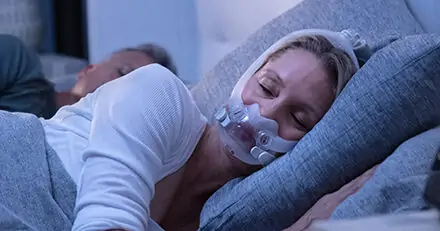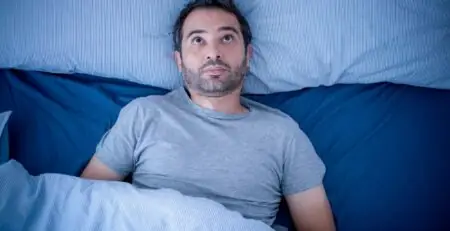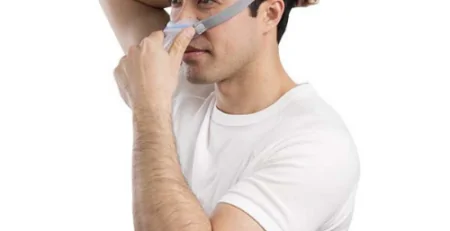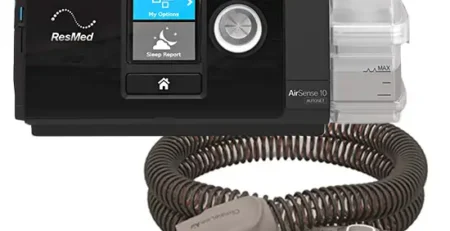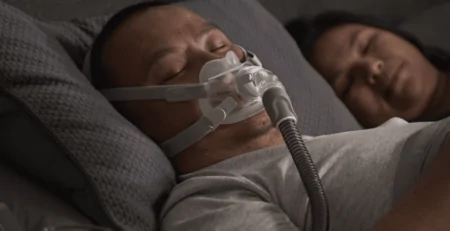When you are short of breath, even when sleeping: Hypoventilation Syndrome due to obesity and CPAP
If you notice a suffocating sensation during exercise or in your daily life, the same can also happen at night while you sleep. Especially if you have a few extra kilos. We are then talking about the hypoventilation syndrome of obesity. What can be done to solve the problem?
What is Obesity Hypoventilation Syndrome?
Obesity Hypoventilation Syndrome is an entity independent from sleep apnoea, but closely related to it, since obesity is an aggravating factor of apnoea. Because of being overweight, people suffering from obesity hypoventilation syndrome have poor ventilatory mechanics, which causes low levels of oxygen in the blood and instead the level of carbon dioxide increases, which is known as hypercapnia. Put another way, there is a gas imbalance in the blood and the rest of the body.
Do all overweight people have obesity hypoventilation syndrome or sleep apnoea?
Not necessarily and in this case the answer would be “it depends”. However, 90% of people diagnosed with obesity hypoventilation syndrome also suffer from sleep apnoea, so the two are probably very closely linked.
Symptoms of obesity hypoventilation syndrome
The symptoms perceived by the patient in the two syndromes are very similar, but the basic signs we should be aware of when considering obesity hypoventilation syndrome are:
– Obesity, with a body mass index (BMI) greater than 30;
– Daytime hypoventilation, i.e. feeling of suffocation, hypoxemia (low levels of oxygen in the blood);
– Sleep-disordered breathing, such as snoring, choking or apnea;
– Excessively red or bluish skin on the lips and/or fingers;
– Oedema in the extremities;
These symptoms must be confirmed by clinical examinations such as radiography, gasometry, polysomnography or other anthropomorphic examinations.
When the other possible causes of this lack of ventilation are ruled out, the diagnosis of obesity hypoventilation syndrome is confirmed. It is very important that if you feel you are suffering from this syndrome, you start working to break this cycle. Your quality of life will improve and, more importantly, you will avoid serious health problems in the medium or long term.
And what does the treatment of obesity hypoventilation syndrome consist of?
The first thing we must do is correct the excess weight and establish healthy lifestyle habits both in diet and physical activity. By losing weight, the symptoms will certainly improve, but until this happens, we should add the nocturnal use of CPAP or AUTOCPAP during the treatment. CPAP will ensure that oxygen reaches us adequately while we sleep; although, in more severe cases, additional oxygen supplementation may also be required. Non-invasive mechanical ventilation devices, such as CPAP equipment or AUTOCPAP, are the best treatments to reverse the hypoventilation syndrome of obesity while the patient loses weight. All this is done under medical supervision, which establishes the guidelines to be followed as to diet, the night use of CPAP and the control and stabilisation of the oxygen values in the blood.
The treatment is easy and outpatient. The benefits are felt very quickly, especially with the use of CPAP, where patients reduce their sleepiness in a few days.
Terapia CPAP Portugal
Latest posts by Terapia CPAP Portugal (see all)
- Sleep apnea with other illnesses - 21 de July de 2023
- What is an oxygen concentrator and what is it for? - 23 de June de 2023
- Sleep apnea machine - 5 de December de 2022
- Difference between CPAP and BIPAP - 22 de November de 2022
- Narval CC mandibular advancement for sleep apnea - 14 de November de 2022





